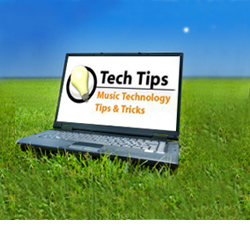
10. Frequent occurrences of hard feedback
If you say “ouch” after that last feedback squeal, chances are your speakers were hurt too! Using the speakers after they have probably been damaged makes it worse.
9. Improper bi-amplification: crossover too low or tweeter amp too high
Always check your speaker specs for the best crossover points when bi-amping.
8. Not enough speaker systems for SPL requirements or proper coverage
Instead of using higher wattage with the same speaker complement for more SPL, add extra channels of amplification with additional speakers.
7. Trying to cover an outdoor gig with your indoor system
Outdoor gigs require at least 12dB (16x’s the power) more sound output than indoors, and as much as 20dB (100x’s power!) to really do it right.
6. Excessive EQ
The classic “smile” EQ curve is actually an evil grin for your speakers! Keep in mind that EQs are best used for cutting, not boosting the signal. Need more highs? Reduce the bass…need more lows? Reduce the highs.
5. Incorrect use of compressors/limiters
Excessive compression and limiting squeezes the life out of your music and your speakers!
4. Not enough amplifier headroom
If your amp has too little power (not enough headroom), clipping may occur, which will damage your speakers.
3. Sudden transients while the speakers are hot
Transients are thumps caused by powering off and plugging/unplugging mics, etc.
2. Clipping the signal before it gets to the power amp
This is caused by improper mixer gain distribution, or a line signal that’s too hot.
And . . .
1. Continuing to Use Your Speakers After Damaging Them…
And failing to have the crossover parts checked for damage after abusing the speaker system by continued use. Let your ears be your guide. If you hear distortion from clean inputs, damage has likely occurred.
For more tech tips go to Sweetwater.com















